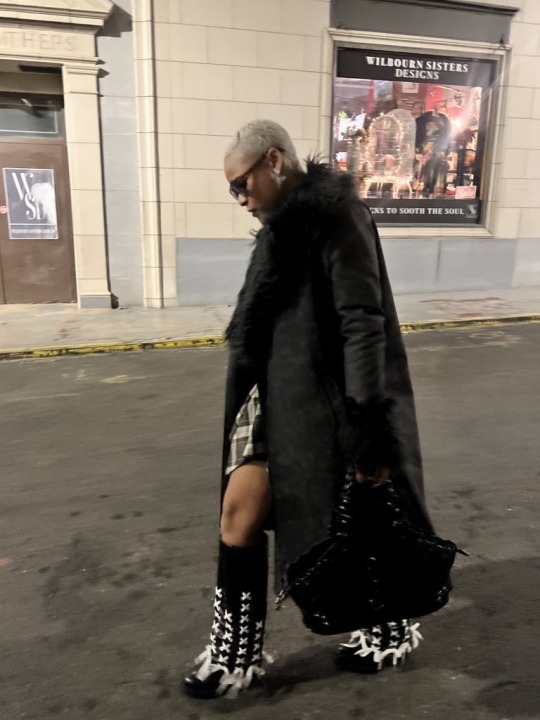#notes on camp
Explore tagged Tumblr posts
Text
Sir Lewis Hamilton gets ready for the Met Gala (2019)
#lewis hamilton#sir lewis hamilton#f1#formula 1#formula one#met gala 2019#met gala#camp#notes on camp#high fashion#fashion#lh44
61 notes
·
View notes
Text
How often is “cringe” just used to articulate the somewhat visceral reaction that camp induces? I feel like many if not most people using that word just don’t understand camp. When I first watched the my chem music videos, they made me uncomfortable because I had never personally conceptualized camp and therefore found those certain artistic choices overwhelming and unfamiliar. Once I discovered camp as a concept, I went back to the mv’s and not only tolerated but actively obsessed over them. Similarly, the amount of people I’ve met who attempt to articulate the discomfort that camp brings them in queer contexts by calling such extravagant displays of queerness over the top and cringe?? A more active understanding of camp is absolutely beneficial to a general acceptance of queer behavior as well as art in general. Those kids calling you cringe in high school actually should just read some Susan Sontag, watch the wttbp music video or maybe velvet goldmine and chill the fuck out. If more people sought to understand theatricality and campiness instead of just dismissing it as cringe, everyone would be happy and I could wear my eyeliner in peace geesus
#it’s not cringe it’s camp (and you’re just reenforcing your own internalized homophobia) by fall out boy#anyways sorry for the rant#mcr#rants#wttbp#velvet goldmine#camp#notes on camp#susan sontag
14 notes
·
View notes
Text

Notes On Camp by Susan Sontag
I've had this short essay on my tbr for years, ever since a professor mentioned it in one of her lectures. After all this time I finally decided to get my hands on it and read it, since reading more non fiction outside of uni stuff is one of my yearly goals. I must say I really enjoyed it. It's not an easy essay to describe, but I will try my best. In it the author tries to describe and have the reader understand what camp is through a series of bullet points, and to be honest that is the best way to actually try to define what camp is. I wouldn't be able to explain it in a few word, but after reading the essay I do feel like I finally understand what this term means. I remember when we talked about it in class and the professor was trying to get across the meaning I kinda struggled, because there is no such term in my first language and because the meaning is so broad and layered it's really not easy to have a proper explaination. Overall it's a very quick and enjoyable non fiction, and I think it's a nice place to start if you also want to read more non fiction but are intimidated by the task.
#notes on camp#2024 book#bookblr#booklr#books#book cover#book review#book rec#book recommendation#reading#book#mine#the---hermit
26 notes
·
View notes
Text
Susan Sontag walked so dan howell could run
31 notes
·
View notes
Text

THE CAMP POSE — A double-gendered teapot, ca. 1882
The camp pose can be traced to the contrapposto (literally, "opposed") stance of Antinous, the young lover of the Roman emperor Hadrian who embodied the classical idea of male beauty in the second century A.D, called the "Beau Ideal" since the nineteenth century... Starting in the seventeenth century, Antinous became an idol of homoeroticism, and in the twentieth century, his serpentine pose became synonymous with a more contemporary camp pose, known as "the teapot."
At Versailles, the camp-site par excellence, members of the royal family were known to pose on and off the stage. In 1671, French playwright Molière debuted his play Scapin the Schemer, which introduced the term "se camper," meaning to pose in an exaggerated fashion, an allusion to the crooked pose with bent leg: "Camp about on one leg. Put your hand on your hip. Wear a furious look. Strut about like a drama king."
Inspired by the aristocratic poses of Versailles, Victorian playwright Oscar Wilde was known to adopt an effeminate aesthete's pose... The various poses affected by Wilde in [Napoleon] Sarony's photographs were influenced by François Delsarte's Science of Applied Aesthetics, in which the author connects physical expressions and movements with emotions. Wilde's "teapot pose" was parodied in the shape of a double-gendered teapot by the Royal Worcester company, which bore the wry inscription, "Fearful Consequences Through the Laws of Natural Selection and Evolution of Living Up to One's Teapot." This inscription implies that the young man and woman have so literally "lived up to their china" that they have morphed into a teapot. — Karen Van Godtsenhoven, WorldPride at The Met: The Camp Pose
7 notes
·
View notes
Text


mild spoilers in the tags
#txf#the x files#the x-files#polls#jackson van de kamp#william scully iii#william van de kamp#notes on camp#notes on camp 1964#susan sontag#bonus polls#joke polls
4 notes
·
View notes
Text
For two thousand years, among Christians and Jews, it has been spiritually fashionable to be in pain.
(from The Artist As Exemplary Sufferer)
Against Interpretation: And Other Essays, Susan Sontag
(read 24 Mar-25 April, book 31 of 2025)
I have nothing really brilliant to say other than I look forward to rereading several of these essays. And also the 2019 Met gala was destined to be full of flops.
2 notes
·
View notes
Text
‼️Nonono‼️🫨🫣
✨Sparks✨ isn't camp!!🙅🏻♂️🥵
👁️🫦👁️You see, we are - *proceeds to paraphrase Susan Sontag's Notes on Camp* 🕴🏻🕺🏻💋🍍🎹🎤💡🔌🪆🇺🇸
10 notes
·
View notes
Text

This bitch isn't camp??? What do you mean??? What do you mean this bitch isn't camp???
#reading “Notes on 'Camp'”#susan sontag#notes on camp#but seriously what do you mean you look at a peacock and you don't see artifice in its feathers and in its mating rituals?#it's useful/meaninful *because* it is artifice#and even if it wasn't we're perfectly capable of flooding it with artifice! pick its feathers and make a boa#or add earnest but overly intense narration to a nature documentary#I'll reread this bit tomorrow and see if I understand what she means any better then#but I do think she's talking about a nature we can access without culture (or artifice)#and at the same time saying that at least sometimes we can make things camp by the way we see/read them#so why not nature? you're seeing it with your very (deep in culture) eyes!
4 notes
·
View notes
Text
"Much work in queer and transgender studies is governed by an epistemological framework that, as Robyn Wiegman has argued, “calls for scholars in identity studies to offer cogent and full accounts of identity’s inherent multiplicity in ways that can exact specificity about human experience without reproducing exclusion”. This version of an intersectional critical project faces an injunction to continually bifurcate the categories of identity it takes as its objects, driving toward a horizon beyond which the spider web of subaltern identity will be fully articulated and social justice (or at least its discursive possibility) will be achieved. The attempt to glimpse the other side of this horizon can lead to the fetishization of certain kinds of bodies—the contours of which change over time—as representing an Archimedean endpoint of radical otherness. Within queer theory and politics, rapid changes in the social location of gays and lesbians have forced these contours to shift quite rapidly. As a homonormative political vision has made its way to the center of liberal politics and concomitant rights have been granted to some—generally white, moneyed, and sexually respectable—gay and lesbian subjects, the L, G, and (more ambiguously) B in the bricolage of queer identity no longer appear to pose, in and of themselves, an existential challenge to social and political norms. A queer political discourse that remains beholden to the logic of identity has thus passed the buck along to the T, asking transgender subjects to hold down the fort of queer difference. The transgender subject—and particularly the figure of the trans woman of color—has come to figure within these coordinates as “a utensil to reference at will” when figuring the outer limits of political representability (Vidal-Ortiz). As Kate Millett once wrote of Jean Genet, trans women of color are seen within this discourse as having “achieved the lowest status in the world,” and through that “perfection of opprobrium” have “acquire[d] the pride of the utterly abject, a condition which turns out to be next door to saintliness”.
All of this has led to what we might call a politics of trans sincerity, in which the gender-nonconforming subject is celebrated as transgres-sive to the extent that her nonconformity can be read as serious —that is, to the extent that she rejects camp...
This new vision of transgender evokes David Halperin’s account of a contemporary homonormative sociality in which sex and desire have switched places with culture and sensibility as tokens of admission into gay male life. Whereas once, Halperin quips, gay men hid their porn collections in the closet and framed their Broadway playbills, now they hide their play-bills in the closet and frame their porn (). Yet this state of affairs—which, in the case of both transgender (particularly trans feminine) and gay male aesthetics, pivots on the status of camp—exists in tension with one that has been more often remarked upon: the self-conscious absorption of camp aesthetics into a wide swath of mainstream media productions, from Lady Gaga to RuPaul’s Drag Race, which in turn bear a complex and varied relationship to queer audiences. In Halperin’s account, such productions testify to the survival of gay culture, however disavowed, after several generations of denial that it still exists or still matters.
I would amend this argument to claim that, though camp performance is in fact ubiquitous, camp reading practices—techniques for interpreting a performance, cross-gendered or otherwise, as camp—have been pushed back into the closet. “What Camp taste responds to is ‘instant character,’ ” Sontag writes, “understood as a state of continual incandescence—a person being one, very intense thing”. You may not be the gender you were assigned at birth, but according to the ontology of camp, you are really something. (And most likely you are—as my grandmother would say, with the emphasis on both words—really something.) Camp taste’s response to such incandescence may take on a range of affective and epistemological guises. It can appear as an intimate act of aggression, as in the drag spectator’s “read,” her knowing look at a performance that shows its seams (Butler, Bodies). But it can manifest, too, as what Eve Kosofsky Sedgwick calls camp-recognition, in which the encounter with a tacky or overwrought object elicits a gesture of sympathetic identification from the viewer who, instead of distancing herself from the scene of aesthetic disaster, asks, “What if whoever made this was gay, too?". Either way, camp reading—forsaken or forgotten within much queer political discourse today—marks an attempt to grasp its object as a whole."
Marissa Brostoff, "Notes on Caitlyn, or Genre Trouble"
10 notes
·
View notes
Text
#this is quite niche but i’m re-reading it atm and imagining what the lads would have thought of it#i feel like there is a correct answer here actually lmao#paul mccartney#the beatles#john lennon#george harrison#ringo starr#beatles rpf#notes on camp#susan sontag
9 notes
·
View notes
Text



34. Camp taste turns its back on the good-bad axis of ordinary aesthetic judgement. Camp doesn't reverse things. It doesn't argue that the good is bad or the bad is good. What it does is to offer for art (and life) a different -- a supplementary -- set of standards.
41. The whole point of Camp is to dethrone the serious. Camp is playful, anti-serious. More precisely, Camp involves a new, more complex relation to "the serious". One can be serious about the frivolous, frivolous about the serious.
56. Camp taste is a kind of love, love for human nature. It relishes, rather than judges, the little triumphs and awkward intensities of "character". ...Camp taste identifies with what it is enjoying. People who share this sensibility are not laughing at the thing they label as "a camp", they're enjoying it. Camp is a tender feeling.
(excerpts from "notes on camp" by susan sontag, 1964)
6 notes
·
View notes
Text
edible nuts on display feat. comments on camp
#handycam#hi8#sony handycam#sonycamcorder#vhs wave#shot by me#vhs tape#camcorder#nuts#camp camp#notes on camp#vhs aesthetic#my video#video#sound on#unmute
4 notes
·
View notes
Text
“culture cannot die, though it may persisit only in increasingly arbitrary and ingenious ways”
- Susan Sontag, Notes on Camp
3 notes
·
View notes
Text
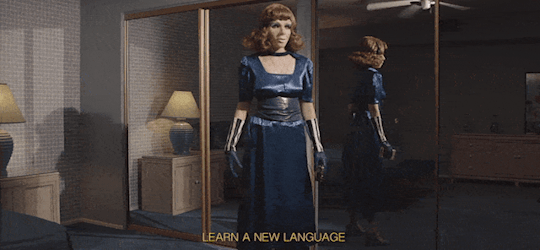

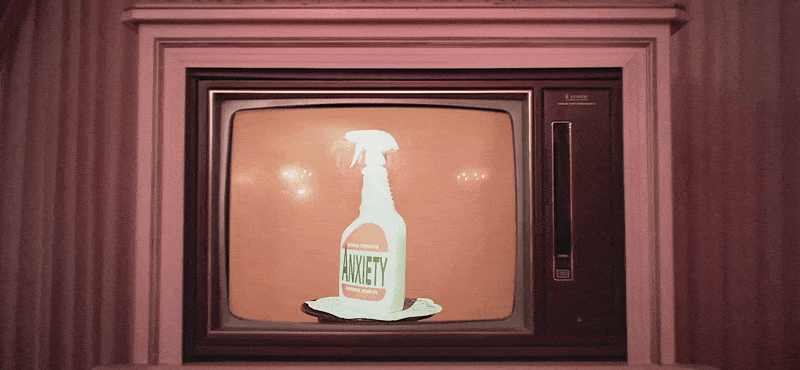

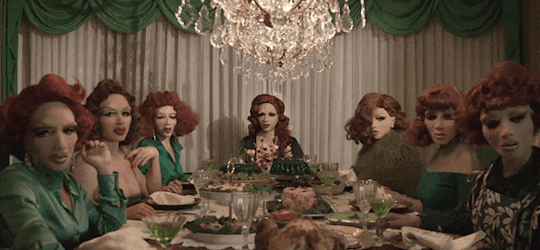
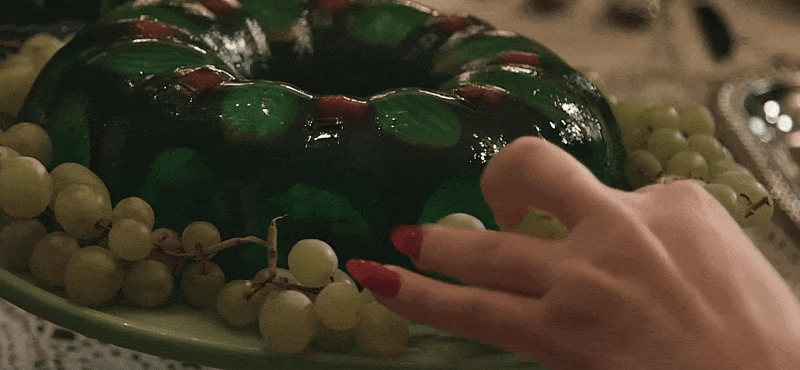
a guide to indulgence, by nadia lee cohen
47 notes
·
View notes
